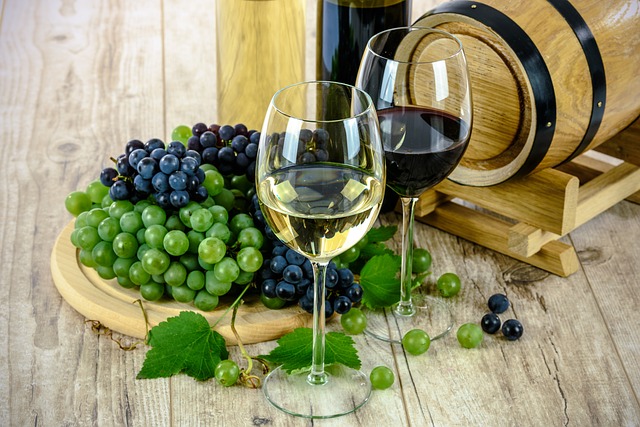
Learning about French Wine
No country on earth is as synonymous with all things wine as France, home to the most well-known names, the most imitated styles, and the wine known the world over for its place of origin, Champagne.
Wine is made in almost every region of France, from the cooler Loire Valley in the north to the sunny Mediterranean beachfront, in low river valleys and high alpine vineyards. Hundreds of grape varietals are used, and a lifetime could be spent just trying to master knowledge of French wines. But fortunately for the wine loving visitor, the basics are much more straightforward: no country puts as much of an emphasis on culinary geography as French. This was the first country to legally designate vineyard quality at the national level, and the word terroir, suggesting that a food or drink’s quality “comes with the territory”, originated here. As a result, there are a trio of essential wine regions to know, look for, and taste from.
Bordeaux
Among red wines, no region is more famous than Bordeaux, home to the most collectible labels on earth. It is also France’s largest region, with more than 8,000 houses producing some 700 million bottles annually at every quality and price point – 90% of it red. Classic red Bordeaux is always a blend, and by law up to six specific varietals can be used, but most contain just three, a majority of Cabernet Sauvignon mixed with Merlot and/or Cabernet Franc. Vineyards are classified by quality, and among the thousands of producers, only five received the highest honor “first growth,” and these are the biggest names in wine: Château Lafite-Rothschild, Margaux, Latour, Haut-Brion and Rothschild. The classification did not include the Pomerol sub-region, where two famed producers, Petrus and Le Pin, are on equal footing at the top of French winemaking. These are big, full bodied but complex and layered wines that are long lasting and meant to be aged for years after purchasing, so if you want to try them, do it at a restaurant with older vintages.
AOC - a quality control (Appelation d'Origine Controlee)
Otherwise, to find quality wines in stores, look for AOC on the label, which means all grapes come from a vineyard of designated quality, or the words Bordeaux Superieur, another legal quality designation. These wines are full bodied, fruit-forward reds that go well with aged cheeses and heavier proteins, but the classic pairing is lamb. There are a small number of white Bordeaux, and if you like Sauvignon Blanc, look for the label Bordeaux Blanc, made from 100% of this grape. However the region’s one truly famous white is the sweet dessert wine Sauternes, the traditional accompaniment to foie gras, one of the all-time great food and wine pairings. Sauternes is one of the longest-lived wines, it can last many decades and is usually sold in half bottles, making a great gift or keepsake. The most famous label, Chateau d’Yquem is among the world’s most collectible auction wines.
Champagne
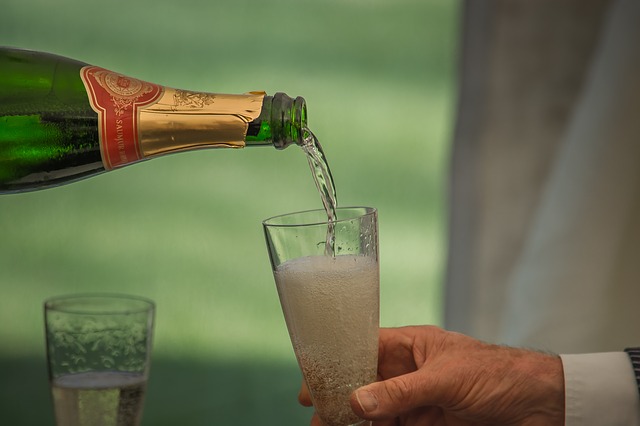
The world’s most famous wine, period. Thanks to ultra-strict legal controls on everything from aging to vineyard locations to how vines are pruned, grapes picked (all by hand), and maximum density of fruit to prevent flavor dilution, there literally is no such thing as bad or even mediocre champagne. To use the name requires a wine that is at a minimum very good. This makes it easy to shop for, especially since there are thousands of small producers whose wines are never exported – look for a label you have never seen before and chances are that you have found a delightful surprise and a bargain, since bottles typically fetch less than half what they cost elsewhere. But while Champagne is made in many different styles, almost all of what is consumed in the rest of the world is a fairly standard blend of white Chardonnay grapes, red Pinot Noir, and to a lesser extent red Pinot Meunier, though four other obscure varietals are allowed. An interesting thing to look for in France, and harder to find elsewhere, is Champagne made exclusively from white or red grapes, labelled blanc de blanc and blanc de noir respectively.
Red Burgundy
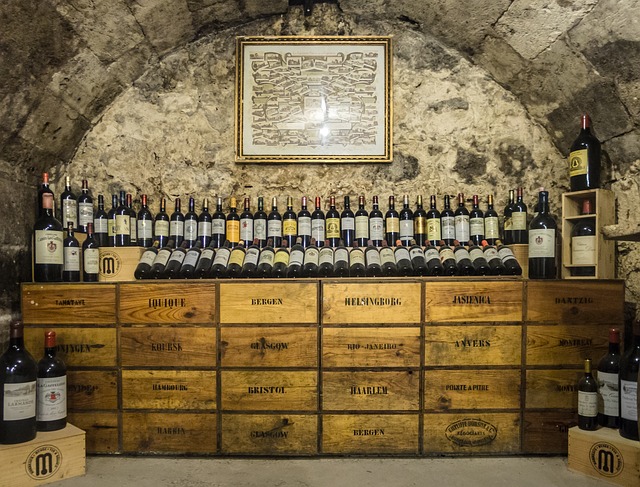
Unlike Bordeaux, the famed red wines of Burgundy are not blended, they are 100% Pinot Noir. Meant to be consumed younger, they are lighter and more finessed than their Bordeaux counterparts. Burgundies are great food wines, nuanced and versatile, and they can go with everything from ham or pork to seafood and many vegetables. For collectors more focused on complexity, red Burgundies are the world’s greatest wines. They are also the most clearly delineated for quality, making them easy to shop for. Under French law, in descending order, labels can read: Grand Cru, Premier Cru, a specific village appellation (Puligny-Montrachet is the most famous), and finally the general regional AOC Bourgogne label or sub-regional appellations such as Bourgogne Hautes-Côtes de Beaune. Grand Cru or Premier Cru is considered an outstanding wine, with the former making up just 2% of vineyards, the most famous of which are Chambertin, Romanee-Conti, Corton, Richebourg and La Tache.
White Burgundy
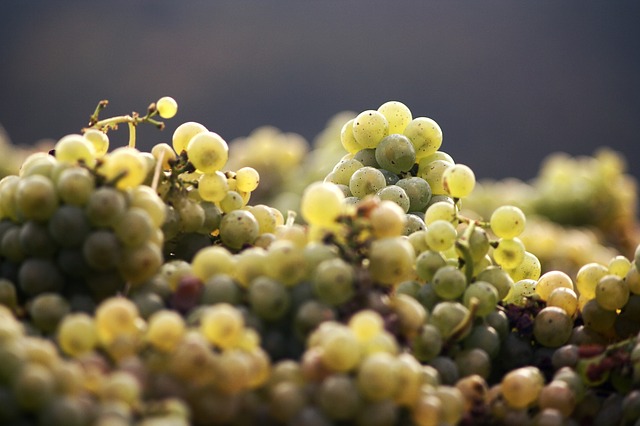
The region’s whites are on equal fame footing, especially those from Chablis, which can only be made from 100% Chardonnay. In fact, Chardonnay is the world’s most widely planted grape varietal, and that is largely an attempt to replicate the success of Chablis: when most wine drinkers in the world say Chardonnay, this is what they are referring to. Chablis wines follow the same rating structure, starting with Grand Cru. Unlike most New World takes on Chardonnay, these wines are not oaked, and are much leaner and crisper with more minerality and higher acidity. As a result, they are much better food wines, very versatile, and go with almost anything, but are especially famous with oysters and perfect for a classic multi-level bistro seafood tower. They are also great value wines, as a world-class Chablis will set you back half as much as an equally good red Burgundy or Bordeaux.
Honorable Mentions
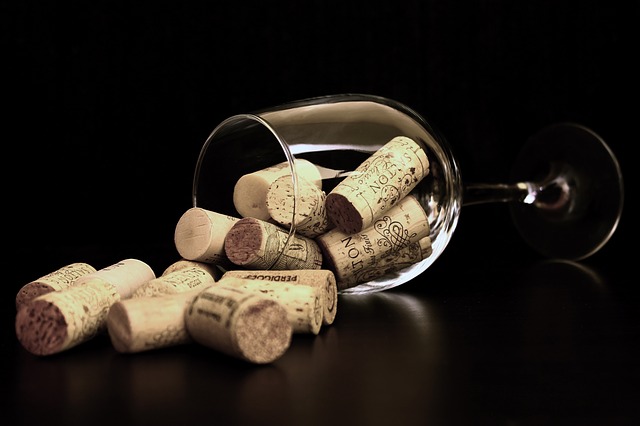
There are lots of other worthwhile French wines to try on your next visit, and some highlights include the Loire Valley, the world epicenter for Sauvignon Blanc, with its famous wines, Sancerre and Pouilly-Fumé, both made exclusively from that grape. Known for being grassy and very crisp, these are absolutely worth trying, especially with seafood or young cheeses. The Rhone Valley has some overlooked big reds made from grapes so famous for being from here that they are collectively known as Rhone varietals: Syrah, Mourvedre, Grenache and others. The most famous Rhone wine, Chateauneuf-du-Pape, can be a blend of up to 18 different red and white grapes. Rhone reds tend to be big and full bodied with high alcohol, but are most often characterized as spicy, leathery, earthy or jammy, and they go especially well with stews, rare red meats, and spice-crusted anything, including fish.
Learn more about wine on a Wine Tour in Europe or discover our wide range of Tours in France